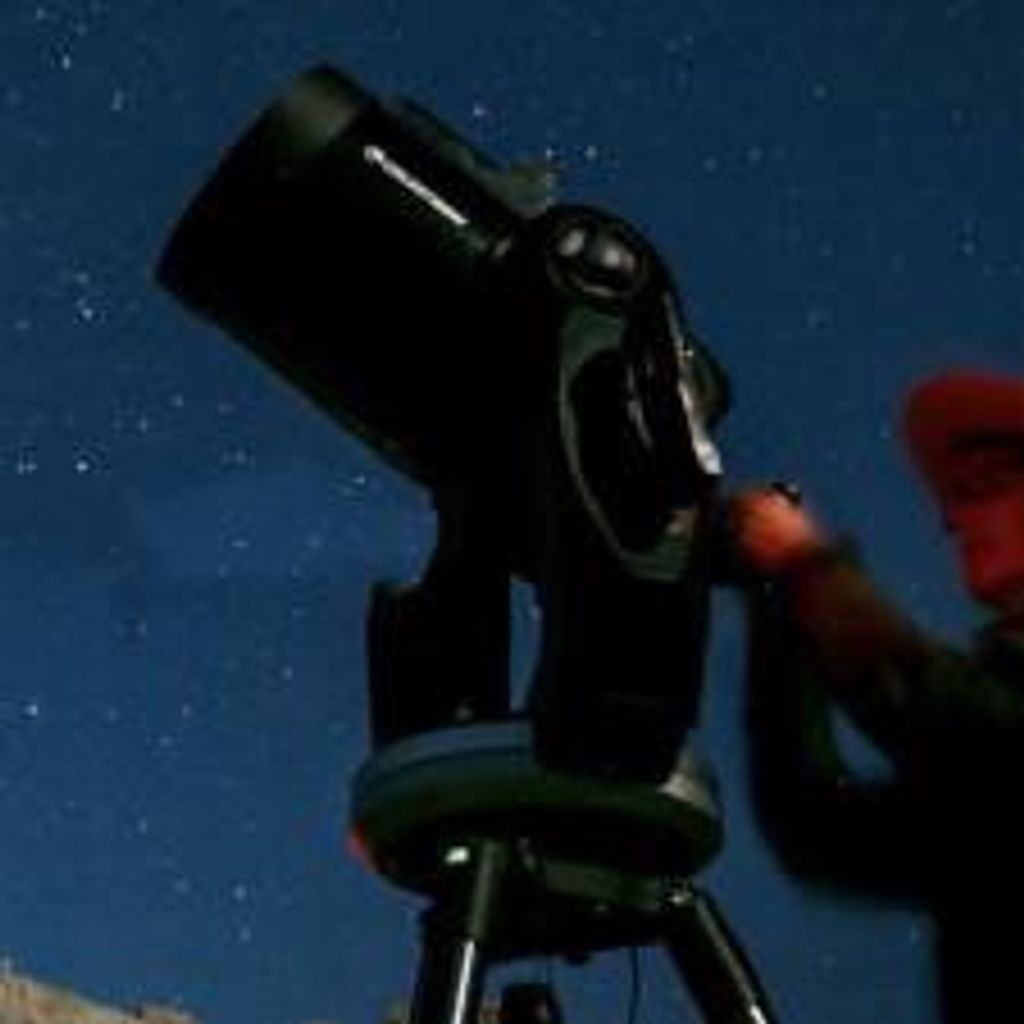Juliet
Discovery
Juliet was discovered on Jan. 3, 1986 in images taken by Voyager 2. It is one of the 10 Uranian satellites discovered by the Voyager science team.
Overview
Juliet is one of the small, inner moons of Uranus. Little is known about it other than its size and orbital characteristics. Neither its size nor its albedo have been measured directly, but assuming an albedo of 0.07 like Puck, its surface probably consists of the dark, unprocessed, carbon-rich material found on the C-class of asteroids.
How Juliet Got its Name
Originally called S/1986 U2, Juliet was named for the title character in William Shakespeare's play, "Romeo and Juliet." Juliet is the daughter of the Capulets, who are sworn enemies to the Montagues. Nevertheless, she falls in love with Romeo, son of the Montagues.































